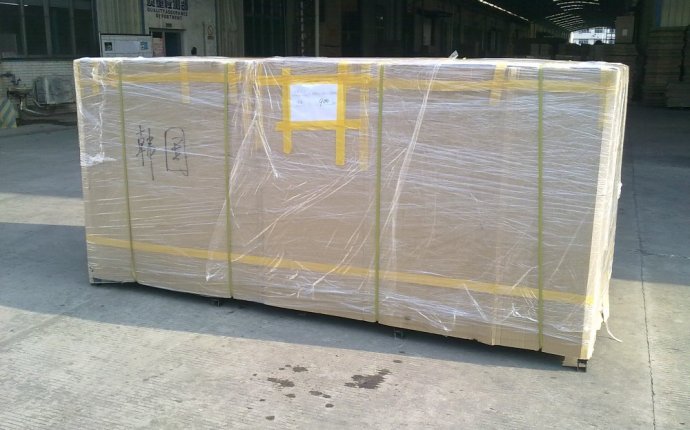
Electrical Recreational Vehicles
The RVIA Standards Department serves as administrator of the RVIA inspection program based on the adopted standards for construction of recreational vehicles and park model RVs. The Standards Department has maintained as its primary goal the enhancement of safety through the monitoring of the member manufacturer's pledge to build units to these adopted standards. In addition, in an effort to promote and protect the RV industry and its members the Standards Department is committed to providing educational opportunities and training tools for the member manufacturers to utilize in order to meet the Association goals.
Within this section are numerous categories that provide additional information on technical bulletins, adopted standards, code and handbook enforcement making process, training documents and related educational seminars.
RVIA organizes standards in the following way:
-
12-Volt Electrical Requirements as specified by ANSI/RVIA LV Low Voltage System Standard.
-
Addresses the interfacing of the original chassis manufacturer and the RV manufacturer designs so as to be compatible.
Overcurrent protection tables and conductor (wire) sizing and protection criteria.
Requires listed lighting fixtures and other devices and appliances to be installed in accordance with manufacturer’s written instructions.
-
Ground fault protected receptacles are specified where they are appropriate.
Only listed electrical fixtures, appliances, equipment and materials that have been labeled by nationally recognized testing agencies are allowed.
Dielectric tests are performed on the completed Recreation Vehicle to determine that the electrical system is installed correctly.
-
Venting requirements for propane appliances are specified where necessary.
Propane piping sizes are required to ensure a propane supply that provides for proper appliance performance.
Over fill protection devices (OPD) are required on all installed propane containers.
Propane line routing and accessibility - all joints in propane lines must be accessible for periodic leak testing and repair. Lines may not be installed in spaces where a nail or screw could pierce the line.
Fuel burning appliances must be listed for RV use and labeled by a nationally recognized testing agency that has found the product to be suitable for its intended use.
Sealed combustion and direct venting to the outside is required for all propane appliances, except for gas ranges, to provide for a complete separation of the combustion chamber from the interior atmosphere.
Each propane system must be tested upon final assembly to determine proper leak-free performance.
-
Interior finish flame spread limitations are required.
Minimum exit facilities providing unobstructed travel to the outside of the vehicle must be available.
Smoke alarms, Fire extinguishers, CO alarms and Propane detectors are mandate based on applicable criteria.
-
Only listed plumbing devices, fixtures and appliances that have been labeled by nationally recognized testing agencies are allowed.
Water distribution systems are sized to provide adequate flow rate and designed to prevent backflow contamination.
Fixtures with traps and vents must be provided to protect against siphonage and back pressure.
Vents to release gases from any waste holding tank must be provided.









